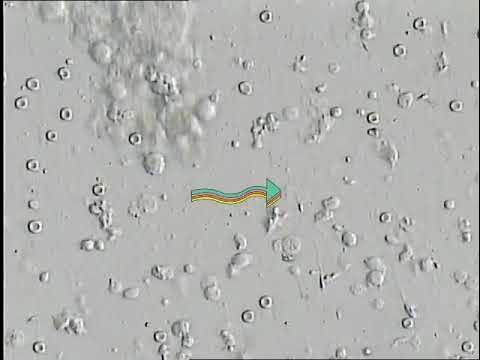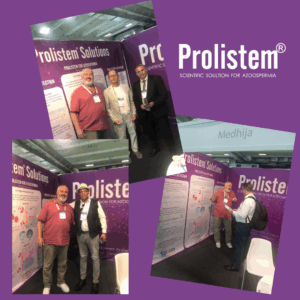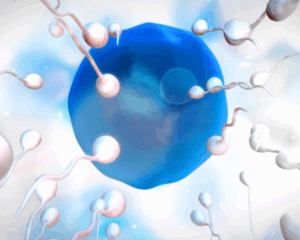
Gene therapy for azoospermia treatment
Introduction Male infertility, especially caused by azoospermia, affects

Non-obstructive azoospermia (NOA) is a severe infertility condition characterized by little or no sperm production in the testes. A surgical procedure called microdissection testicular sperm extraction (mTESE) is often performed to retrieve sperm for use in assisted reproductive treatments. Despite being a vital option for men with NOA, the procedure does not always yield successful results. When initial attempts fail, understanding the factors that may contribute to azoospermia surgery success in subsequent salvage surgeries becomes essential.
This study delves into the critical elements that influence outcomes in salvage mTESE procedures, offering insights for both patients and healthcare providers.
Researchers reviewed past studies involving men with NOA who had previously undergone unsuccessful sperm retrieval surgeries. The analysis focused on various patient-specific factors, including:
By identifying the predictors of success or failure, the study provides a framework for improving decision-making regarding salvage surgeries.
The study emphasizes that azoospermia surgery success depends on several factors, including age, hormonal levels, testicular tissue characteristics, and previous surgical results. These insights can help:
Tailoring treatment strategies based on these predictors allows for more personalized care, maximizing the chances of success while minimizing emotional and physical strain.
Although the findings offer valuable guidance, there are some limitations to consider:
Achieving azoospermia surgery success requires a multifaceted approach that combines medical expertise with patient-specific factors. Here are some actionable steps:
For men facing the challenges of non-obstructive azoospermia, advances in surgical techniques and understanding of predictive factors provide renewed hope. While achieving success in salvage surgeries may not be guaranteed, these insights empower patients and doctors to take a proactive, informed approach toward fertility treatment.
With the right combination of medical care, technological advancements, and personalized strategies, azoospermia surgery success can become a reality for many individuals navigating the complexities of severe infertility.

Introduction Male infertility, especially caused by azoospermia, affects

We are proud to have participated in the

Introduction: A New Hope in Male Infertility Treatment

Azoospermia, the complete absence of sperm in semen,
PROLISTEM® is a Patented Formula
Copyright © 2025 Prolistem®